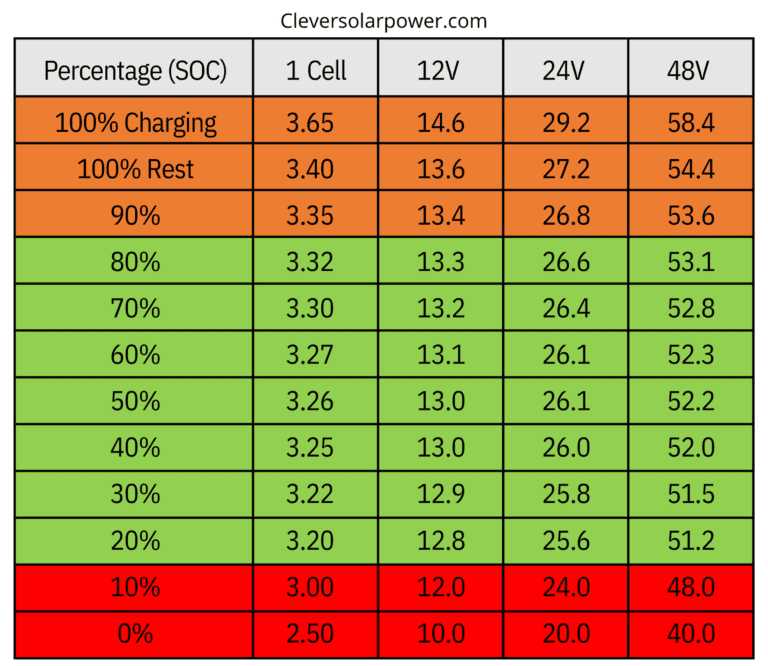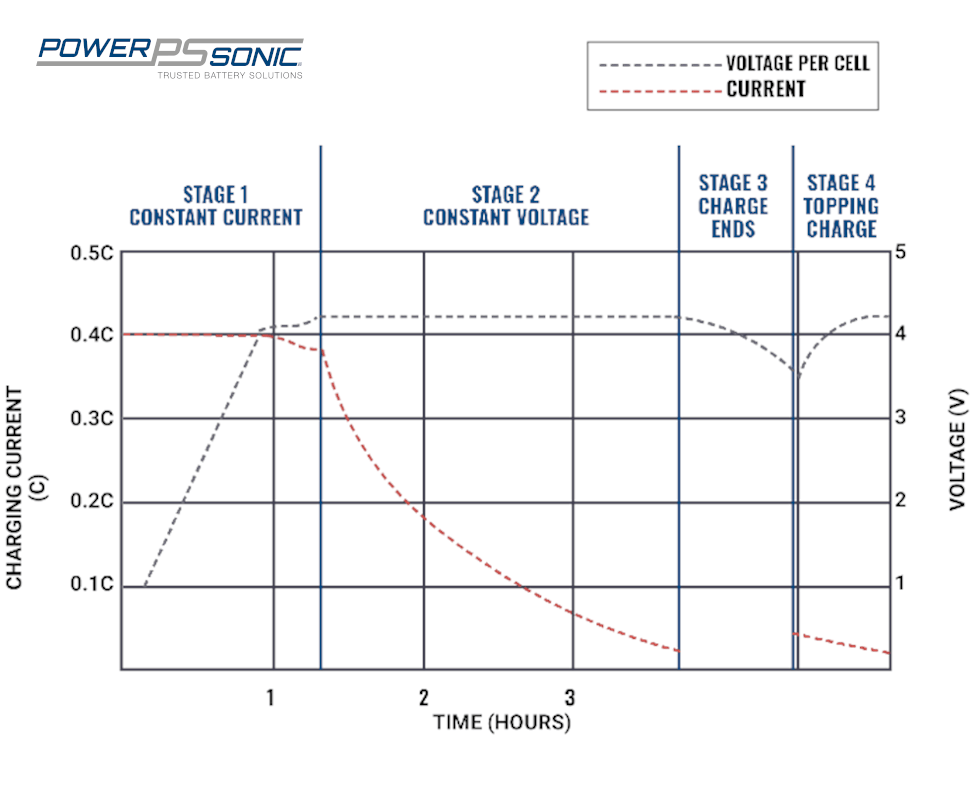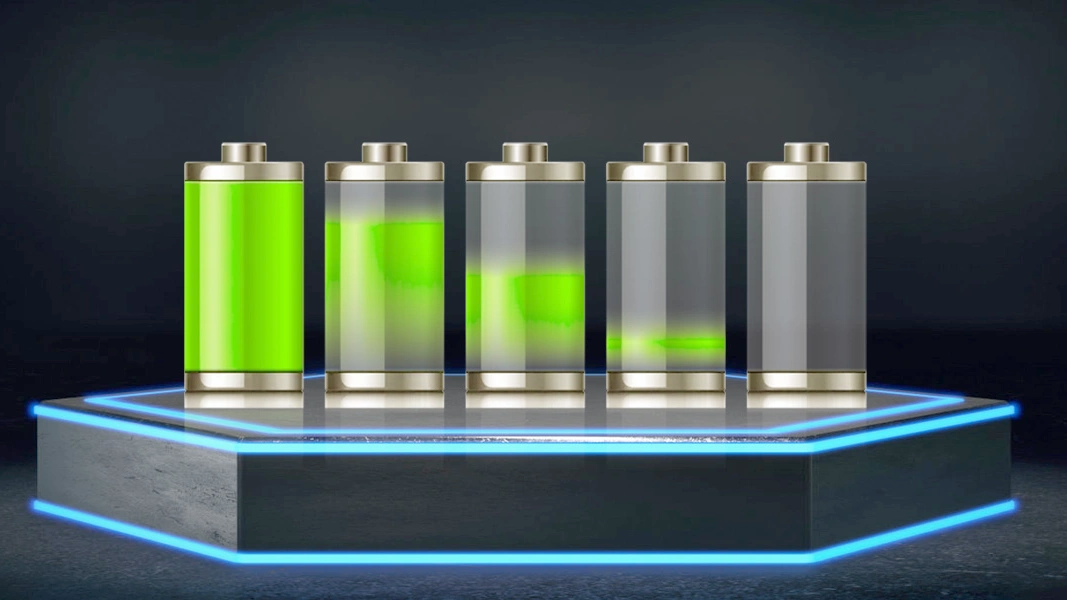Smart Tips About How To Maximize LiFePO4 Battery Life

How To Properly Store Your LiFePO4 Batteries Maximize The Lifespan
Unlocking the Secrets to Long-Lasting LiFePO4 Batteries
1. Understanding the Basics of LiFePO4 Chemistry
So, you've invested in LiFePO4 batteries? Smart move! They're the cool kids on the block when it comes to reliable and safe energy storage. But just like a fancy car, they need a little TLC to keep them running smoothly for years to come. We're diving deep into how to maximize LiFePO4 battery life because nobody wants to replace batteries sooner than they have to. Think of this as your guide to treating your batteries right.
LiFePO4, or Lithium Iron Phosphate, is the chemical makeup of these batteries. This chemistry is what gives them their impressive lifespan, thermal stability, and safety features compared to other lithium-ion variants. They're less prone to overheating and catching fire, which is always a plus! Plus, they can handle a lot more charge and discharge cycles. Understanding this inherent advantage is the first step to taking good care of your investment.
One key aspect is the "cycle life" of a LiFePO4 battery. A cycle refers to a complete charge and discharge of the battery. LiFePO4 batteries are known for their impressive cycle life, often exceeding 2000 cycles at 100% Depth of Discharge (DoD) and even more at shallower DoD levels. This means you can charge and discharge them thousands of times before they start to significantly degrade. But don't think you can just ignore them entirely! Certain habits can dramatically impact that cycle count. We'll get into those in later sections.
Essentially, LiFePO4 batteries are tough cookies, but they're not indestructible. A little knowledge goes a long way in ensuring they perform at their best for as long as possible. We're setting you up for success, one charge cycle at a time. Let's make sure you get every last bit of juice out of these powerhouses!

The Temperature Tango
2. Optimizing Temperature for Peak Performance
Batteries are like us; they have preferred climates. Extreme heat or cold can seriously impact their performance and lifespan. Think of it as trying to run a marathon in the Sahara Desert or the Arctic Circle — not ideal! LiFePO4 batteries have an optimal operating temperature range, and staying within that range is crucial for maximizing their life.
Generally, LiFePO4 batteries perform best around room temperature, say between 20C and 25C (68F and 77F). High temperatures can accelerate degradation, reducing the number of cycles you get out of your battery. Conversely, low temperatures can reduce the battery's capacity and its ability to deliver power efficiently. It's a Goldilocks situation; not too hot, not too cold, but just right.
So, what can you do? If you're using your LiFePO4 batteries in a vehicle or system that's exposed to the elements, consider using an insulated battery box or a battery warmer in colder climates. In extremely hot conditions, ensure adequate ventilation to prevent overheating. Monitoring the battery temperature is also a good idea; many battery management systems (BMS) offer temperature monitoring and protection features.
Think of it this way: treating your batteries to a comfortable temperature is like giving them a spa day. They'll feel rejuvenated and ready to go, delivering the reliable power you need for years to come. Don't let them sweat it out in the summer or freeze in the winter! A little temperature control can make a world of difference.

Lifepo4 Battery Parallel At Ernest Rue Blog
Charging Habits
3. Implementing Smart Charging Practices
Charging your LiFePO4 batteries correctly is like feeding them a balanced diet. You wouldn't give a marathon runner only junk food, would you? Overcharging or using the wrong charging parameters can shorten their lifespan, while proper charging habits ensure they stay healthy and strong. The key here is control and moderation.
One of the golden rules is to avoid overcharging. Unlike some other battery types, LiFePO4 batteries don't benefit from trickle charging or being left plugged in indefinitely after they're fully charged. Once they reach full capacity, stop charging! Many modern chargers are designed with auto-cutoff features to prevent this, but it's always good to double-check. Overcharging can lead to increased internal resistance and accelerated degradation.
Another important factor is the charging current. While LiFePO4 batteries can handle relatively high charging currents, consistently charging them at their maximum rated current can shorten their lifespan. Opting for a slightly lower charging current can be gentler on the battery and extend its usable life. It's like the difference between sprinting and jogging; both get you there, but one is much easier on the body.
A Battery Management System (BMS) is your best friend here. A good BMS will monitor the charging process, prevent overcharging, and balance the cells within the battery pack. Cell balancing ensures that all cells are charged to the same level, preventing any single cell from being overstressed. Investing in a quality BMS is a worthwhile investment in the long-term health of your LiFePO4 batteries.

How To Charge Lithium Iron Phosphate (LiFePO4) Batteries Power Sonic
Depth of Discharge
4. Understanding and Managing Depth of Discharge
Imagine running a car until the fuel tank is bone dry every single time. Not a great idea, right? The same principle applies to LiFePO4 batteries. The Depth of Discharge (DoD) refers to the percentage of battery capacity that's been used. While LiFePO4 batteries can technically handle deep discharges, consistently draining them completely can shorten their lifespan.
As a general rule, try to limit the DoD to around 80% or less. This means you should avoid regularly draining the battery all the way down to zero. Keeping a bit of charge in reserve can significantly extend the battery's cycle life. Think of it as leaving a little bit of gas in the tank just to be safe — a small sacrifice for long-term benefits.
Monitoring your energy usage and planning accordingly can help you manage the DoD effectively. If you know you're going to need a lot of power, consider using a larger battery bank or finding ways to reduce your energy consumption. A little planning can go a long way in preserving your battery's health.
Furthermore, some Battery Management Systems (BMS) allow you to set a low-voltage cutoff. This feature automatically disconnects the battery from the load when it reaches a certain voltage level, preventing over-discharge. It's like having a safety net that catches you before you fall too far. Properly managing the DoD is a crucial aspect of maximizing LiFePO4 battery life and ensuring reliable performance over time.

How To Properly Store Your LiFePO4 Batteries Maximize The Lifespan
Storage Strategies
5. Properly Storing LiFePO4 Batteries for Longevity
Even when they're not in use, your LiFePO4 batteries need a little love. Proper storage is crucial for preventing degradation and ensuring they're ready to go when you need them. Think of it as putting your batteries into hibernation; you want them to wake up refreshed and ready to tackle new adventures!
The ideal storage conditions for LiFePO4 batteries are a cool, dry place with a moderate state of charge. Avoid storing them in extreme temperatures or in damp environments. High temperatures can accelerate self-discharge, while dampness can lead to corrosion. Aim for a storage temperature between 10C and 25C (50F and 77F).
Before storing your LiFePO4 batteries, it's best to bring them to a state of charge of around 50%. This reduces stress on the battery and minimizes self-discharge during storage. Periodically check the voltage of the batteries during long-term storage and top them up if necessary to maintain that 50% charge level. This prevents them from dropping too low and potentially becoming damaged.
Disconnecting the batteries from any loads or chargers is also important during storage. This prevents any parasitic drain that could slowly deplete the battery over time. It's like unplugging appliances when you go on vacation to save energy. Following these storage strategies will help you keep your LiFePO4 batteries in tip-top shape, ensuring they're ready to perform when you need them most.
